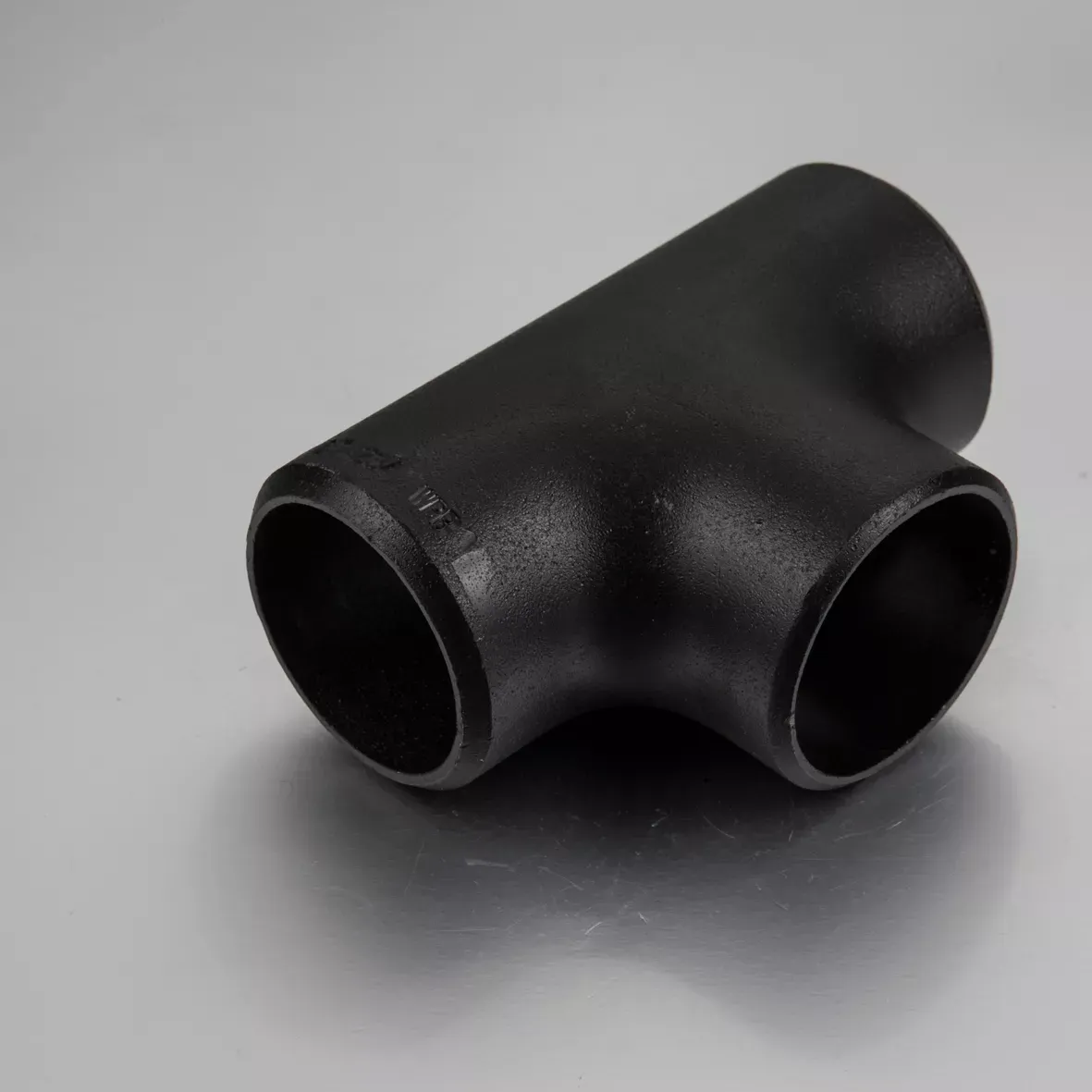-
Cangzhou Yulong Steel Co., Ltd.
-
Phone:
+86 13303177267 -
Email:
admin@ylsteelfittings.com

Oct . 18, 2024 18:46 Back to list
Techniques and Best Practices for Efficient Industrial Pipe Welding Solutions
The Importance of Industrial Pipe Welding
Industrial pipe welding is a crucial aspect of the manufacturing and construction sectors, playing a significant role in creating reliable and durable infrastructure. From oil and gas pipelines to chemical processing plants, the need for robust welded joints is paramount. This article explores the various facets of industrial pipe welding, highlighting its significance, techniques, and safety considerations.
Understanding Industrial Pipe Welding
At its core, industrial pipe welding involves the joining of metal pipes using various welding processes. The materials commonly used in these applications include carbon steel, stainless steel, and alloy steels, which are chosen for their strength and resistance to corrosion. The welding process itself can utilize several techniques, including Shielded Metal Arc Welding (SMAW), Gas Tungsten Arc Welding (GTAW), and Gas Metal Arc Welding (GMAW), among others. Each method has specific applications based on the material type, thickness, and required strength of the joints.
Applications of Industrial Pipe Welding
1. Oil and Gas Industry One of the most significant applications of pipe welding is in the oil and gas sector, where welded pipelines transport crude oil, natural gas, and refined products over long distances. The joints must withstand high pressures and extreme temperatures, necessitating skilled welders and advanced techniques to ensure integrity.
2. Chemical Processing In chemical plants, welded pipes are used to transport various substances, including corrosive chemicals. Welders must be adept at working with stainless steel and specialized alloys to prevent leaks and ensure the safety of operations.
3. Water Treatment Industrial pipe welding is also essential in the construction of water treatment facilities, where welded pipelines deliver clean water to communities. Corrosion-resistant materials are crucial in this context to maintain the hygiene and safety of water supplies.
4. Power Generation Power plants rely heavily on industrial pipe welding for steam and cooling systems. High-pressure and high-temperature piping in energy generation facilities demand precise welding to maintain structural integrity and safety.
industrial pipe welding

Techniques and Best Practices
Welding metal pipes requires a deep understanding of various techniques and best practices to achieve strong and reliable welds. Here are some essential considerations
- Preparation and Cleaning Before welding, pipes must be properly prepared and cleaned to remove any rust, oil, or contaminants. This step is crucial for achieving good fusion between the pipes.
- Welding Positions Industrial pipe welding often takes place in various positions—flat, horizontal, vertical, and overhead. Each position has its nuances, and welders must be skilled in maneuvering their techniques accordingly.
- Quality Control Rigorous quality control measures are vital in industrial pipe welding. Non-destructive testing (NDT) methods, such as X-ray or ultrasonic testing, are often employed to detect any imperfections in the welds that could lead to failures.
Safety Considerations
Given the hazardous nature of industrial environments, safety is a top priority in pipe welding operations. Welders must adhere to strict safety protocols to prevent accidents. This includes wearing appropriate personal protective equipment (PPE), such as helmets with face shields, gloves, and flame-resistant clothing. Additionally, proper ventilation is essential to minimize exposure to harmful fumes.
Conclusion
Industrial pipe welding is a vital component of many sectors, ensuring the safe and efficient transport of fluids and gases critical to everyday life. As the industry continues to evolve with technological advancements, the demand for skilled welders who can employ these techniques effectively will only increase. Investing in training and adopting best practices will not only enhance the quality of the work but also ensure the safety and reliability of the systems that rely on welded pipes. The future of industrial pipe welding is bright, with ongoing innovations that promise to further improve the strength and longevity of welded joints.
Latest news
-
ANSI 150P SS304 SO FLANGE
NewsFeb.14,2025
-
ASTM A333GR6 STEEL PIPE
NewsJan.20,2025
-
ANSI B16.5 WELDING NECK FLANGE
NewsJan.15,2026
-
ANSI B16.5 SLIP-ON FLANGE
NewsApr.19,2024
-
DIN86044 PLATE FLANGE
NewsApr.19,2024
-
DIN2527 BLIND FLANGE
NewsApr.12,2024
-
JIS B2311 Butt-Welding Fittings LR/SR 45°/90° /180°Seamless/Weld
NewsApr.23,2024
-
DIN2605-2617 Butt-Welding Fittings LR/SR 45°/90°/180° Seamless/Weld
NewsApr.23,2024











